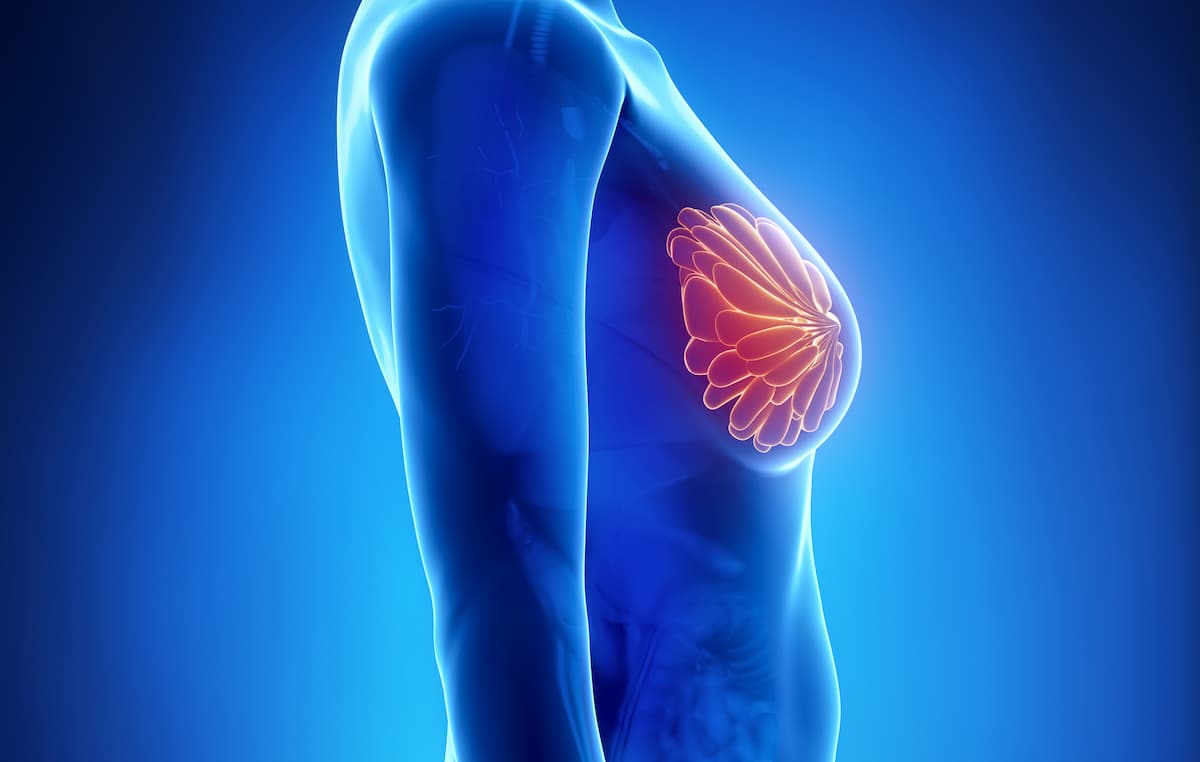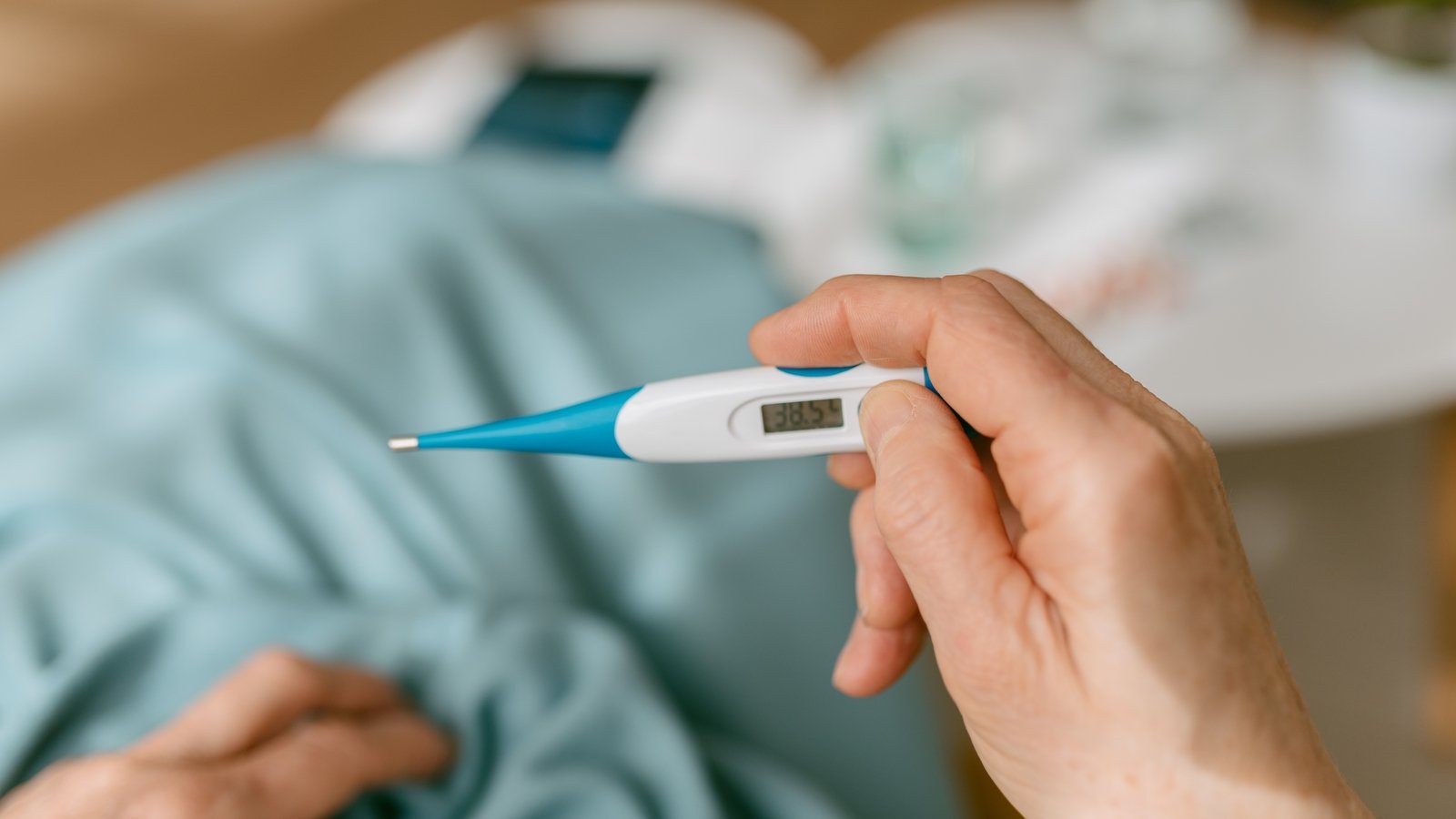An emergency doctor working at Cork University Hospital said there has been a steady stream of patients of all ages with flu-like symptoms, alongside their regular emergency work, putting pressure on the whole hospital…
Blog
-

NASA’s PUNCH Mission Captures Unprecedented Views Of The Sun And Solar System
The Southwest Research Institute (SwRI) has unveiled groundbreaking results from NASA’s PUNCH mission, revealing a breathtaking, continuous view of the solar corona and solar wind in unprecedented detail. The study marks a milestone in…
Continue Reading
-
SPECIAL ASEAN FOREIGN MINISTERS’ MEETING ON THE CURRENT SITUATION BETWEEN CAMBODIA AND THAILAND 22 DECEMBER 2025 – Press Releases – Portal – kln.gov.my
- SPECIAL ASEAN FOREIGN MINISTERS’ MEETING ON THE CURRENT SITUATION BETWEEN CAMBODIA AND THAILAND 22 DECEMBER 2025 – Press Releases – Portal kln.gov.my
- ASEAN to seek resolution to Thailand-Cambodia conflict with Malaysia meeting Reuters
Continue Reading
-

Sean Ono Lennon on being caretaker of the legacy of John Lennon & Yoko Ono
Sean Ono Lennon has had a versatile career, as a musician, producer, and songwriter. Asked what part of the musical creation process he likes the most, Lennon replied, “That’s easy: I love writing and recording, and I hate finishing.”
With…
Continue Reading
-
Islamabad offers skilled manpower to help Iraq in reconstruction, development efforts – Arab News
- Islamabad offers skilled manpower to help Iraq in reconstruction, development efforts Arab News
- Current levels of bilateral trade do not reflect the true potential of Pakistan-Iraq relations: President Zardari Dawn
- Pakistan, Iraq vow to fight…
Continue Reading
-

Majority of Breast Cancer Cohort Opts for Fertility Preservation Strategies
Data from the prospective Premenopausal Breast Cancer Patients’ Fertility Preservation (PREFER) study showed that gonadotropin-releasing hormone agonist (GnRHa) therapy during chemotherapy for early breast cancer was accepted among most…
Continue Reading
-
Exploring the expression and prognostic roles of LAD1 in lung adenocarcinoma
Sung, H. et al. Global cancer statistics 2020: GLOBOCAN estimates of incidence and mortality worldwide for 36 cancers in 185 countries. Cancer J. Clin. 71 (3), 209–249 (2021).
Hamann, H. A.,…
Continue Reading
-

Woman’s death in Oldbury prompts murder inquiry
Ch Insp Imran Mirza, from Sandwell Police, said: “Our thoughts remain with the woman’s family at this awful time who are being supported by specialist officers.
“This is a fast-moving investigation, and we have one person in custody for…
Continue Reading
-

Reflecting on the importance of campus radio as stations continue to close
I got into this business through campus radio. As a freshman in 1980, I applied for a slot on CKUW, the then-closed-circuit radio station at the University of Winnipeg.
It was a dreadful facility, stuck in the basement with barely…
Continue Reading

